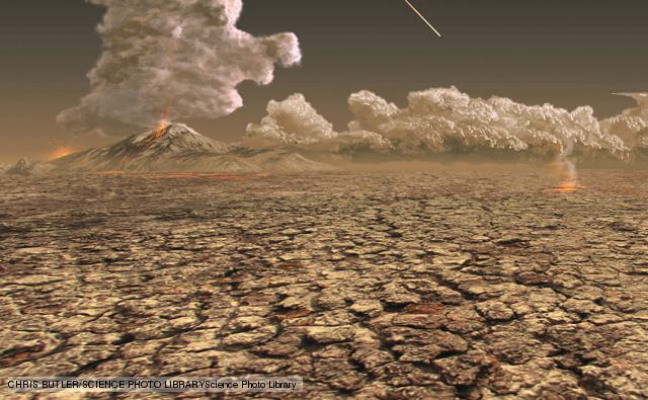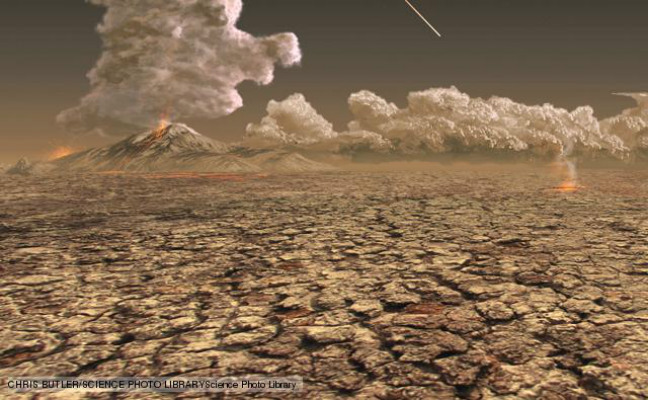A biologist at Duke University, Stuart Pimm, recently published a research article in the journal Science, which claims — that in the past — before humans evolved, only one species went extinct each year per every 10 million years. However, after the emergence of humans, that extinction rate has exploded at a rate between 100 and 1,000 species each year.
To make matters worse, by 2050, three things are quite likely to occur: 1) the North Pole will have melted to such an unreal extent that — by summer — passenger ships will be able to cross through the North Pole with ease, nudging small, dainty ice chunks past the petro-churn of their port and starboard; 2) the largest living thing on our planet with an ecology stretching for 2,600 kilometers, The Great Barrier Reef, will go extinct.
As the Earth warms, its coral will increasingly bleach into a white death by the parallel acidic warming of the ocean temperatures; 3) just as well, according to the United Nations, the Earth’s oceans might be entirely absent of fish — the kind of fish people like to eat in their sushi restaurants. Beyond these dire benchmarks, by 2100, the Earth’s temperatures will rise from 2.4 to 6.4 Celsius. If global warming ramps up to its ultimate extreme, centuries into the future, with both the North and South Poles having melted completely, important swaths of world’s continents would be engulfed by water.
In a elaborate, but sophisticated work of cartography by Martin Vargic, an amateur graphic designer from Slovakia, he imagines such a future where sea levels rise 260 as a result of the caps melting: America’s major cities would be underwater: Miami, New Orleans, New York and Washington D.C. From the farther South and West of the U.S., in Latin America, the Amazon would bursts its banks, becoming a sea reaching into vast expanses of Brazil, while a sizable component of Australia’s continent would be swamped by the Murray Gulf and the Artesian Sea.
All of this would make Kevin Costner’s fictional Waterworld (1995) and Radiohead’s animated video for “Pyramid Song” hapless documentaries streamed to us from this forlorn future. But this new world map would match the depressing baritone of Paolo Bacigalupi’s The Windup Girl — a masterful, SF corollary to Dicken’s Bleak House, which stratocasts us into such a future. This paradigm-shifting novel details a world where global warming in the 23rd century has left Earth’s coastlines underwater and new eco-plagues make any hour of life a precarious one; where calorie-companies control global food production via private armies and bioterrorist acts on third-world ecologies (or just the usual buying off of their politicians and the wealthy); and where sophisticated levees and pumps keep Bangkok from going underwater.


Leave a Reply